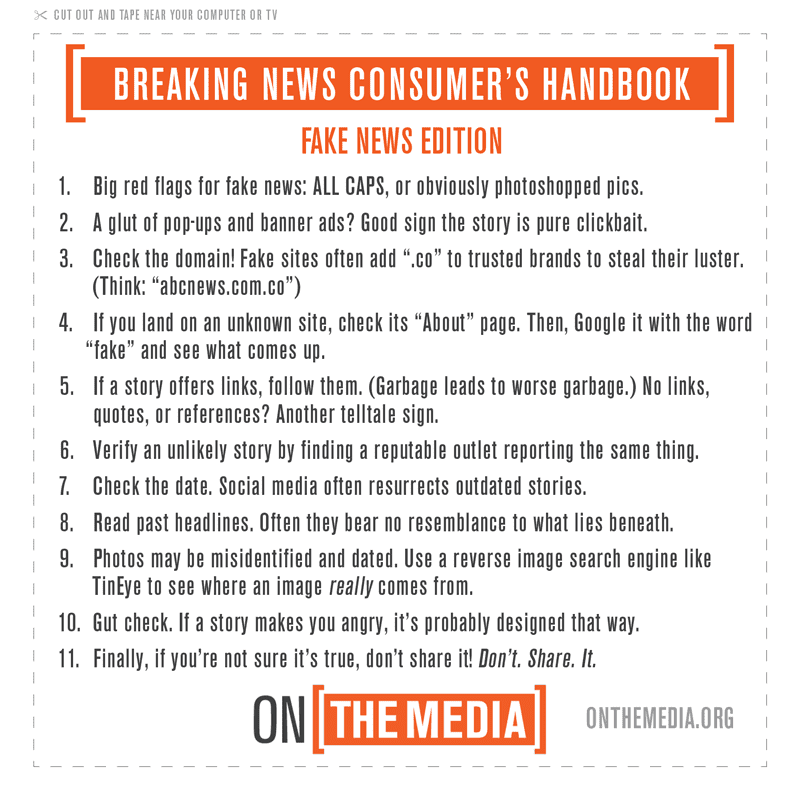
The linked sites below are all accessible without a subscription. The only exception is The New York Times, which you have access to through OES. To find articles from subscription based newspapers (The Wall Street Journal, The Washington Post, etc.), use the databases listed on this page.
When you read a news story, ask yourself the following five questions (adapted from the American Press Institute) to help you assess your source for reliability.
1) What type of content is it? Is it a news story? An opinion piece? Who created the content, and who funded its creation? If you can't find (and verify) the author's name, the organization's name, and how that organization is funded, it probably is not a credible source.
2) Who and what are the sources cited, and why should you believe them? Most news stories will reference their sources of information. Try to determine who these sources are - if they are aligned with a specific political party, and what degree of knowledge they have on the subject. Try circling and/or writing down the sources, and what kind of source it is. If you can't find this basic information, then it's time to get skeptical.
3) What is the evidence? How does the source prove their information - is it hearsay, or did they witness the event in question? How did the author verify their evidence? A credible article will have transparent evidence and the author's method(s) for corroborating evidence. If either of these things are absent, credibility is questionable.
4) Does the evidence prove the main point of the article? Not only should there be enough evidence to prove any conclusions the author makes, the author should also present (fairly) different viewpoints, acknowledge any gaps in knowledge or lack of clarity, and share updates for developing stories as they arise.
5) What information is missing? After you read an article, do a quick check to see if there are any points you don't understand or still feel unclear about. Did you miss that information? Or was it simply not there or explained poorly? If the information is missing, does the author explain why it is missing?
You've probably (hopefully) heard the phrase "fake news," but what is fake news, actually? Fake news sites intentionally create false or misleading content to be shared via social media. Fortunately, with a bit of know-how, those sites are fairly easy to identify. Have a look at the tips below from WNYC (New York's public radio station) and check out the listed book and links for further resources to help you on your journey to find trustworthy news.
